Bending Drywall and Cutting Chatter on Tight Radius Arches
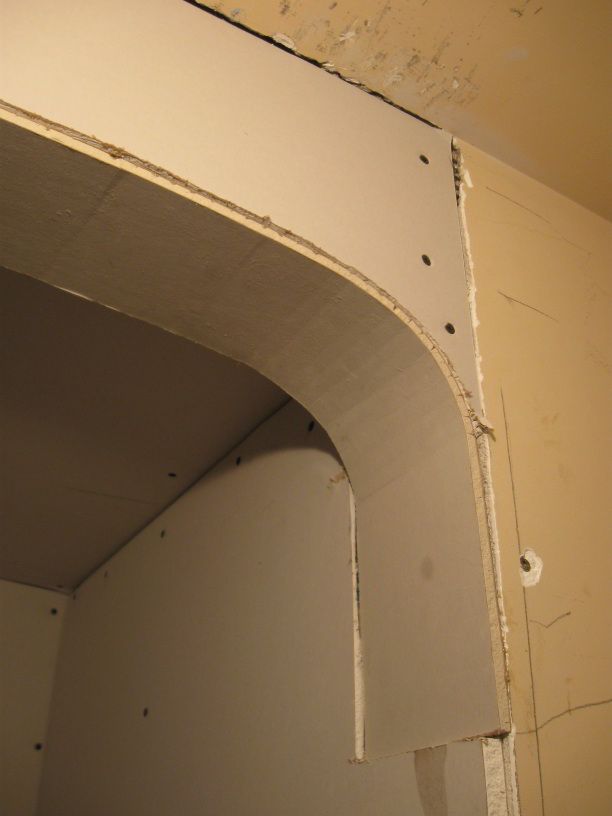
Tightly Spaced Score Lines Make Bends Easier
The elliptical curve for this arched opening starts out as a tight turn, then flattens out. I scored the drywall for the bend on a graduated interval to match the curve and executed a gentle snap on each score line with the rip perched upon a stack of scrap with a work table supporting the overhanging end. I chose to cut many, many score lines along the piece since this arch’s radius, at a mere three-inches, was much too tight for even flex bead. Wetting the piece beforehand also helped a great deal. I left the piece to soak in water for a while and used it as a lid on a bucket of hot water to keep it steaming in hot vapor. PL Premium adhesive was used to glue the wet sheetrock, and narrow crown staples set at low pressure (as opposed to screws) were used to tack the pieces into place.
I began at each end of the arch with two separate pieces of drywall, overlapping them on the head, and then cut the overlap to splice. This eliminates the guess work on how long to cut the pieces with the bend. The drywall is double layered and the second layer splice is off-set from the first.
Cut from Both Ends and Cut the Chatter
Here’s another tip regarding steps most folks overlook: if you cut the arch corners in one direction, the point tears off on the last saw stroke. The trick here is to cut from both ends and make your way to the middle.
For a smoother look, I bend a stack of drywall pieces together (bending individual pieces makes a more segmented looking bend). I left the pre-bent sets in about the shape I needed while I prepared my openings.
“Washboard chatter,” subtle waves that are hard to sand out or float in, are a common problem on tight curves. A special tool known as a “bat knife” allows for filling across the chatter.
For more information on radiused entryways, be sure to catch Brian Campbell’s recent blog post on Arched Pocket Doors.
Fine Homebuilding Recommended Products
Fine Homebuilding receives a commission for items purchased through links on this site, including Amazon Associates and other affiliate advertising programs.

Homebody: A Guide to Creating Spaces You Never Want to Leave

Musings of an Energy Nerd: Toward an Energy-Efficient Home

A Field Guide to American Houses
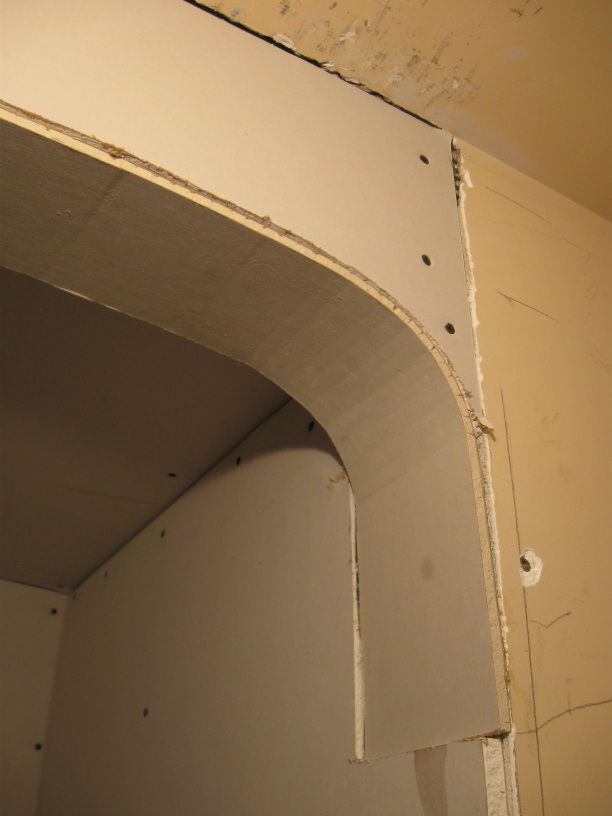
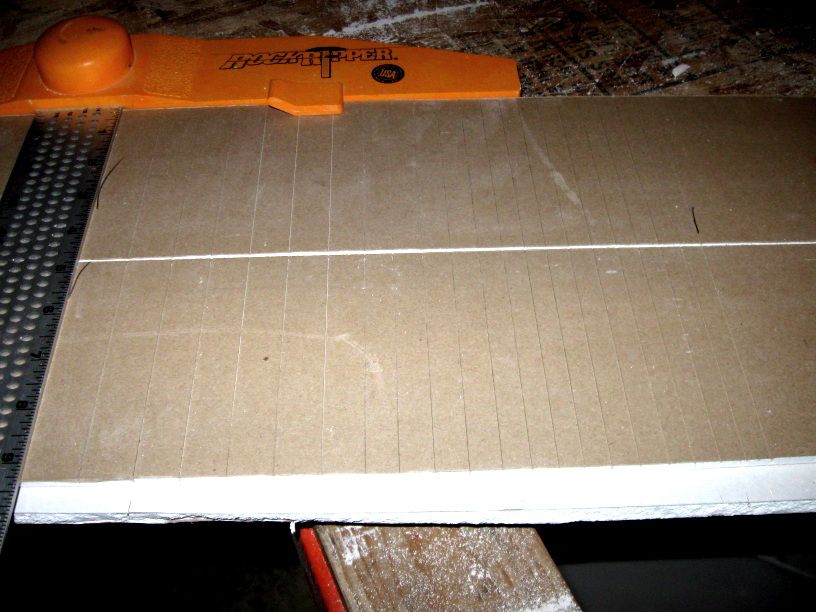
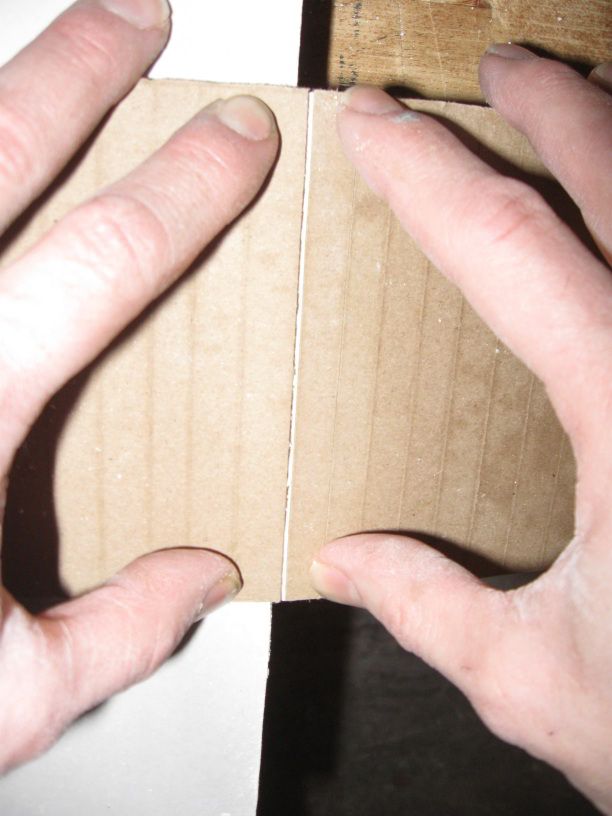
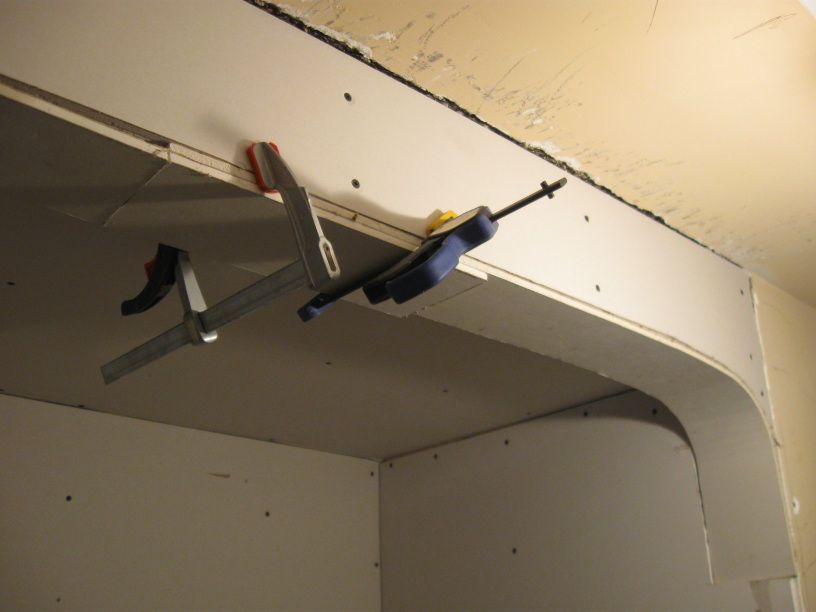

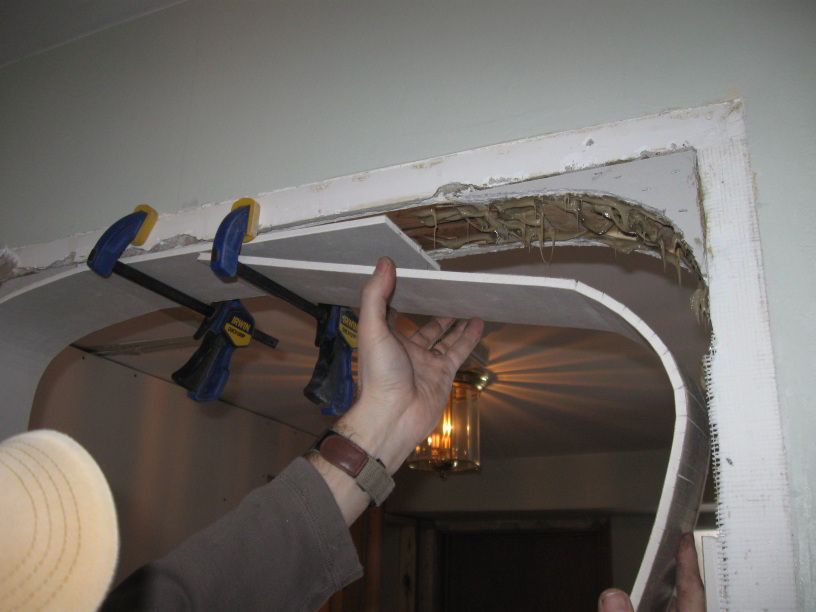
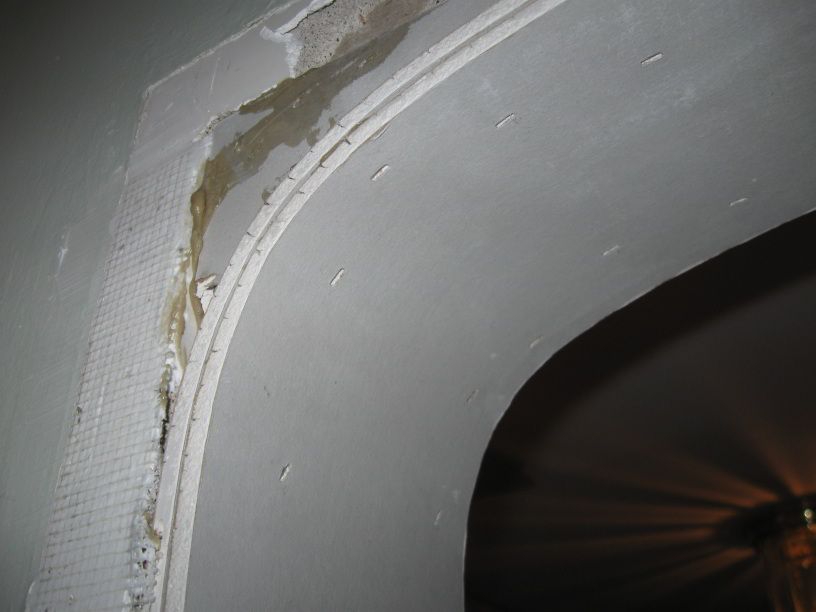
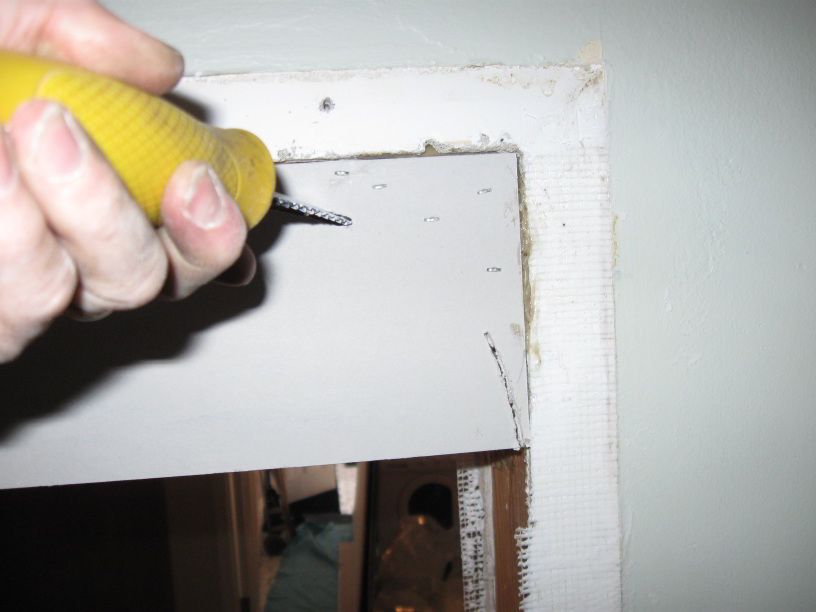
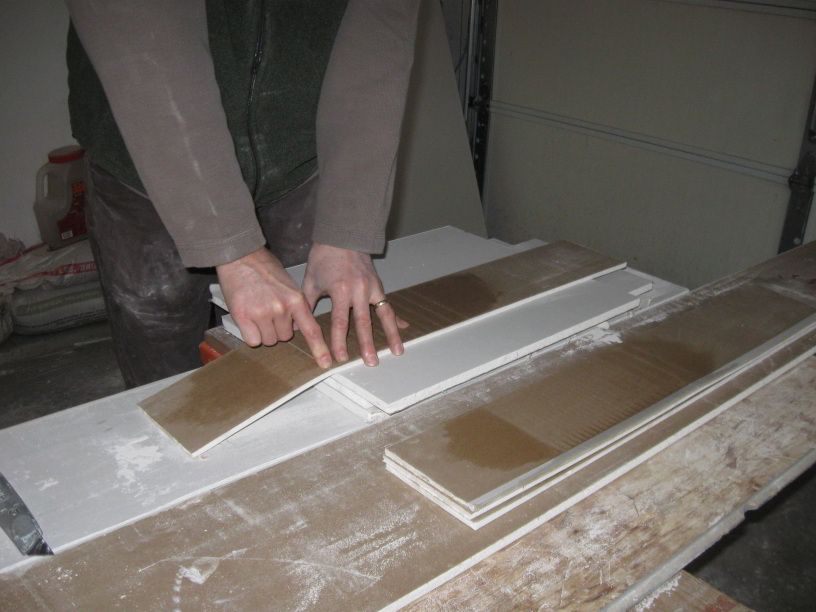

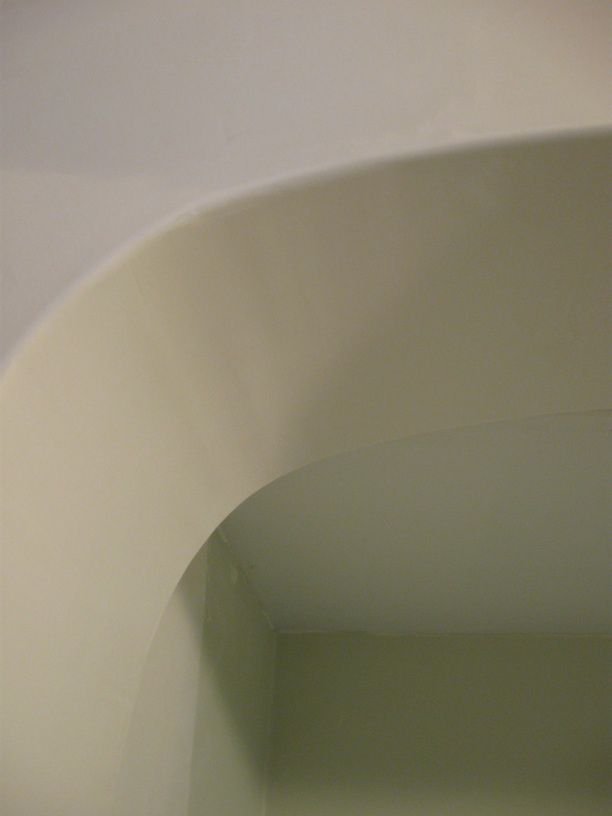













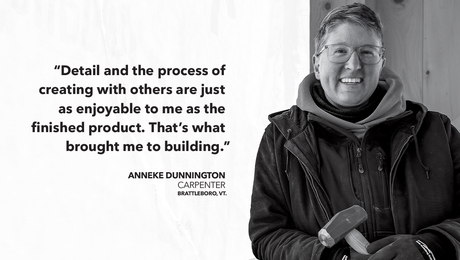












View Comments
There's an easier way...bend 1/8" hardboard(tempered one side) with the rough side out...prime it and add your corner bead...then texture to taste! No, it doesn't sound like drywall, but how many of your friends go around thumping your arches?
I agree with telongip. The 1/8" masonite is the trick. I have used it many times. You can double it up to make the arch more solid. I also use 3/4" osb around the windows. It is easier to rip and fasten. You will never know it once it is finished.
Nothing makes better backing for an arch than pegboard
I do use masonite or pegboard for larger radius circular arches. This is for very tight radius (3" radius at the sharpest part of the curve) elliptical arches. I have been unable to get masonite to bend that tight without breaking.